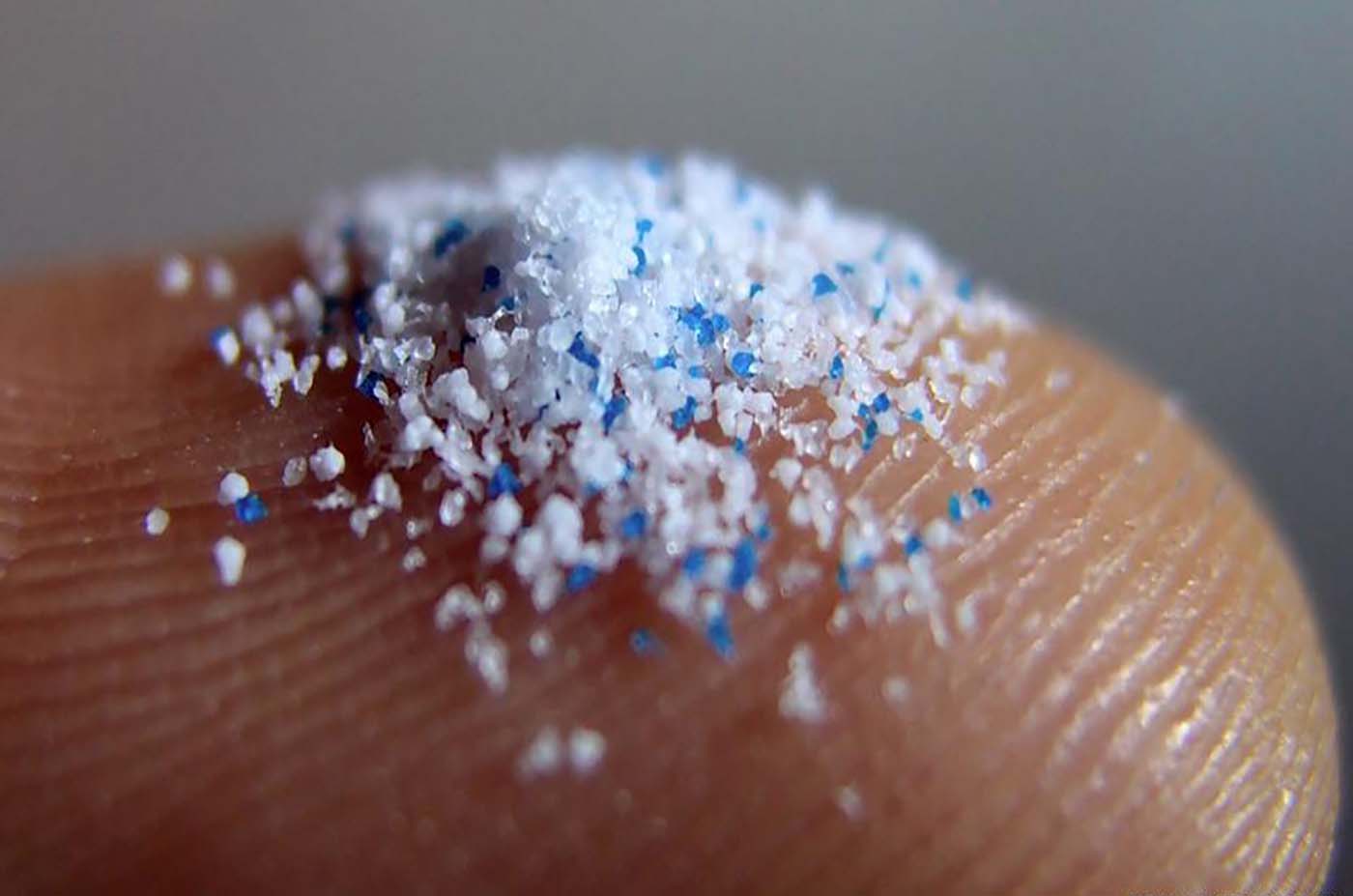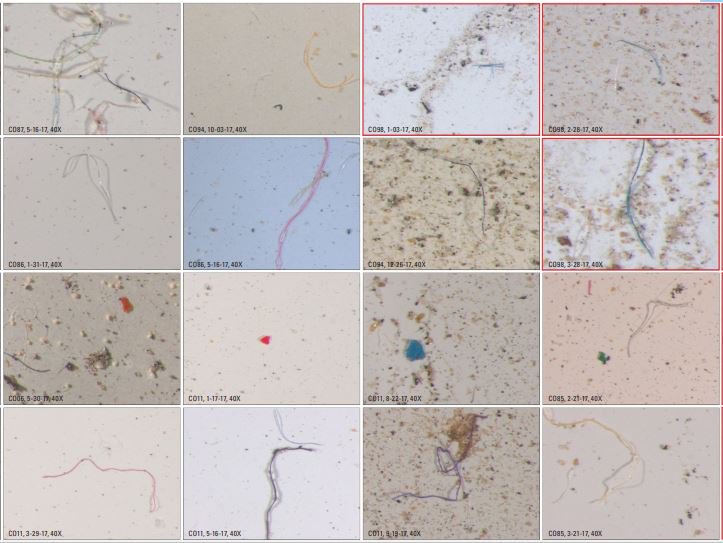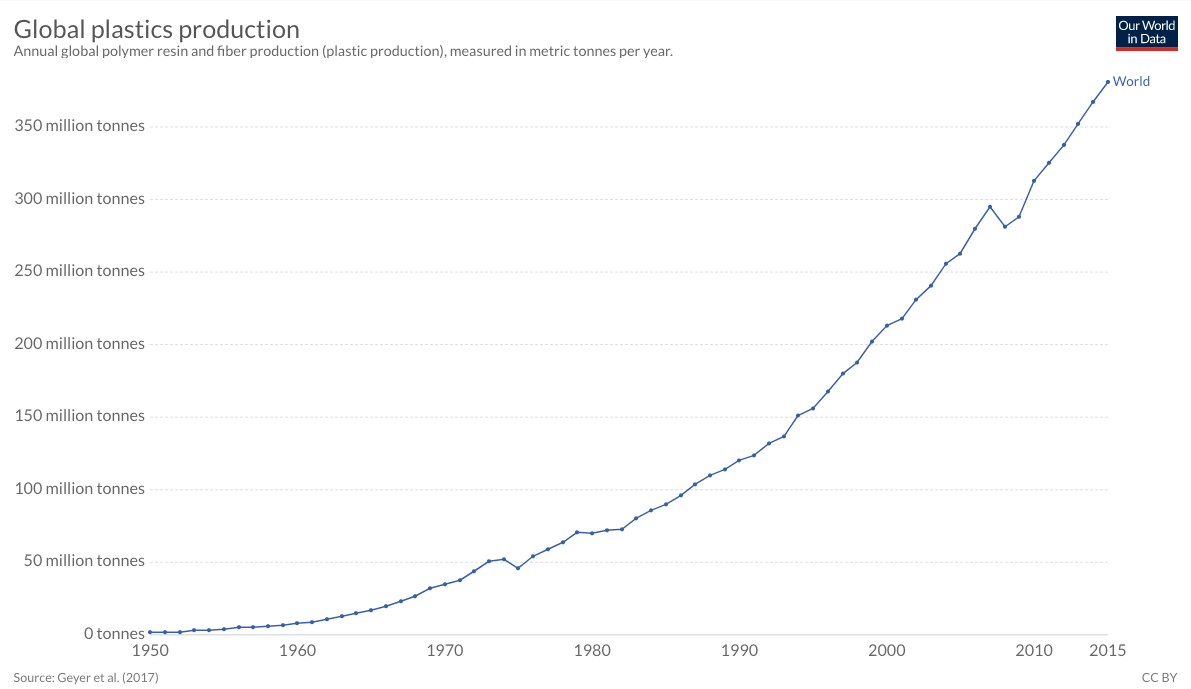
The United States Geological Survey (USGS) recently released its report of particulates found in eight locations across the Colorado Front Range using the National Atmospheric Deposition Program/National Trends Network. The study, which was conducted from January 24, 2017, to December 19, 2017, and included twelve collection dates surprisingly (or not so surprisingly) found microplastics present or possibly present in 9 out of the 11 samples collected during that time period. The plastics included fibers in various colors as well as beads and shards of plastic in various colors all visible by magnification.

It’s long been known that microplastics are present and a danger to our oceans and are counted as the “most prevalent type of marine debris found in our ocean and Great Lakes” per the National Oceanic and Atmospheric Administration (NOAA) and are being studied as to how much of a danger they are to our marine life. The NOAA Marine Debris Program has recently begun to study the effects and presence of these microplastics globally to assess the situation and make recommendations. But what about life in our mountains and steams that receive the mountain run-offs from the rains and snow? The cause, effect and prevention efforts on land are still being studied by the USGS and recommendations will likely be forthcoming.
- Related: Hawaii to California Swimmer Finds Plastic in ‘Great Pacific Garbage Patch’ Has Increased by 1,000%
Plastics are everywhere, so what are microplastics? Microplastics can be broken into three basic categories:
- Microplastic Particles which are broken down bits of larger plastics that have broken down over time into microscopic particles
- Microplastic Fibers usually only visible through magnification
- Microbeads which are intentionally designed to be microscopic and were widely used in many health and beauty products prior to 2015 and the passage of the ‘‘Microbead-Free Waters Act of 2015“
Plastic is ubiquitous in our everyday lives and any plastic not entered into a designated recycling stream is destined to become a Microplastic at some time in its life. This is a global issue and the numbers are astounding. The Our World in Data study by Hannah Ritchie and Max Roser (2019) “Plastic Pollution” gives an empirical view of plastic production, waste, management, and mismanagement by global, country and sector overviews that highlight the need to understand the problem at a data-driven level.

So what can you do to do your part in keeping our oceans, mountains, snowpacks, and streams free or Microplastics? The old adage of reduce, reuse, recycle will always be true and needs to be adopted on a global scale. On a local and personal scale, there are many tips for reducing plastic usage provided by organizations such as the Green Education Foundation (GEF) or National Geographic. Many are easy to implement and surprisingly many are an upgrade such as choosing a cone over a cup at the icecream shop!